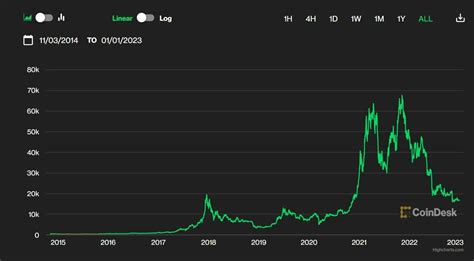Bitcoin: The Secrets Behind Seeds on the Blockchain
When Bitcoin (BTC) was first introduced in 2009, its underlying technology allowed for a decentralized and secure way of storing and verifying transactions. However, as with any complex system, it is natural to wonder how seeds are stored on the blockchain and what measures are taken to prevent unauthorized parties from accessing them.
What Are Bitcoin “Seeds”?
In simple terms, Bitcoin “seeds” refer to the private keys associated with a user’s Bitcoin wallet. These keys are used to create, verify, and spend Bitcoins on the network. Seeds are typically stored securely to protect against theft and unauthorized access.
Where Are Seeds Stored?
Bitcoin’s underlying technology uses a system called “secp256k1” to derive public keys from private keys. This process involves encrypting the private key with a randomly generated “seed,” which is then used to create the public key associated with that user’s Bitcoin address.
Seeds are not actually stored in a centralized location, but are instead distributed across a network of nodes and computers around the world. Each node has a copy of the entire blockchain, including all previous transactions and wallets. This decentralized architecture ensures that seeds are always available for anyone to access, regardless of whether they own a node or not.
How is exposure prevented?
To prevent unauthorized access to seeds, Bitcoin developers implemented several measures:
- Public Key Cryptography (PKC): The private keys associated with each user’s wallet are derived using public key cryptography (PKC). This means that only the owner of the private key can decrypt it and spend Bitcoins on the network.
- Secure node distribution: Every node on the Bitcoin network has a copy of the entire blockchain, which includes all previous transactions and wallets. This ensures that anyone with access to a node’s private keys will also have access to its seeds.
- Hash functions:

Using hash functions (e.g. SHA-256) in conjunction with public-key cryptography helps prevent replay attacks and ensures that even if someone gains access to a user’s private keys, they cannot spend Bitcoins without the corresponding seed.
Conclusion
Bitcoin’s decentralized architecture and secure node distribution ensure that seeds on the blockchain are stored securely. While it’s natural to wonder how this system prevents unauthorized access, Bitcoin’s developers have implemented robust measures to protect against theft and malicious activity. As with any complex system, understanding these underlying mechanisms can provide valuable insight into the inner workings of Bitcoin.
Additional Resources:
- [Bitcoin Whitepaper](
- [Bitcoin Development Team (BTT) Documentation](
- [Bitcoin Stack Exchange (bsw.se)]( – A Q&A platform for Bitcoin-related questions
Please note that this article is intended to provide general information and should not be considered investment advice. Always do your own research and consult with a financial advisor before making any investment decisions.